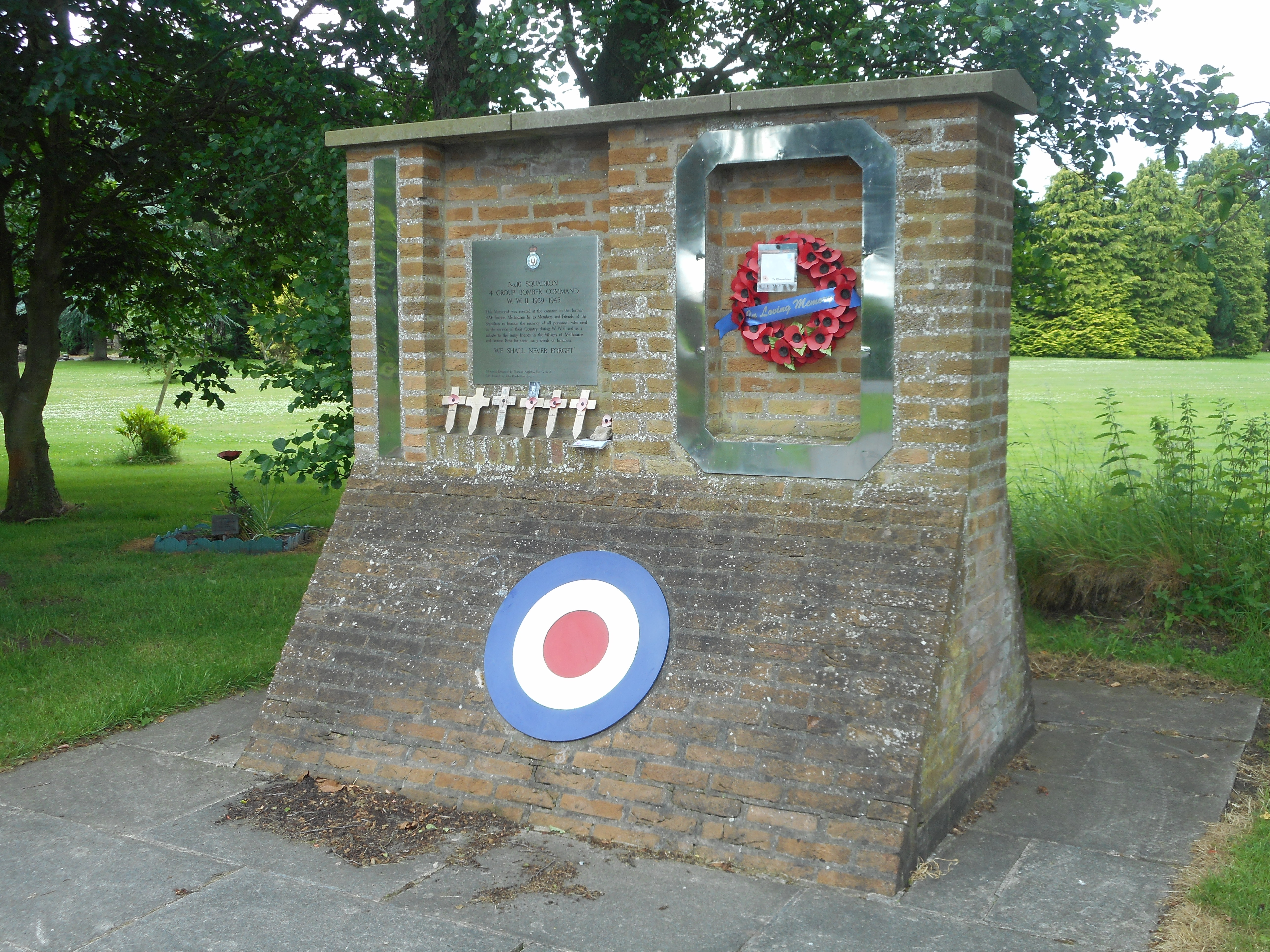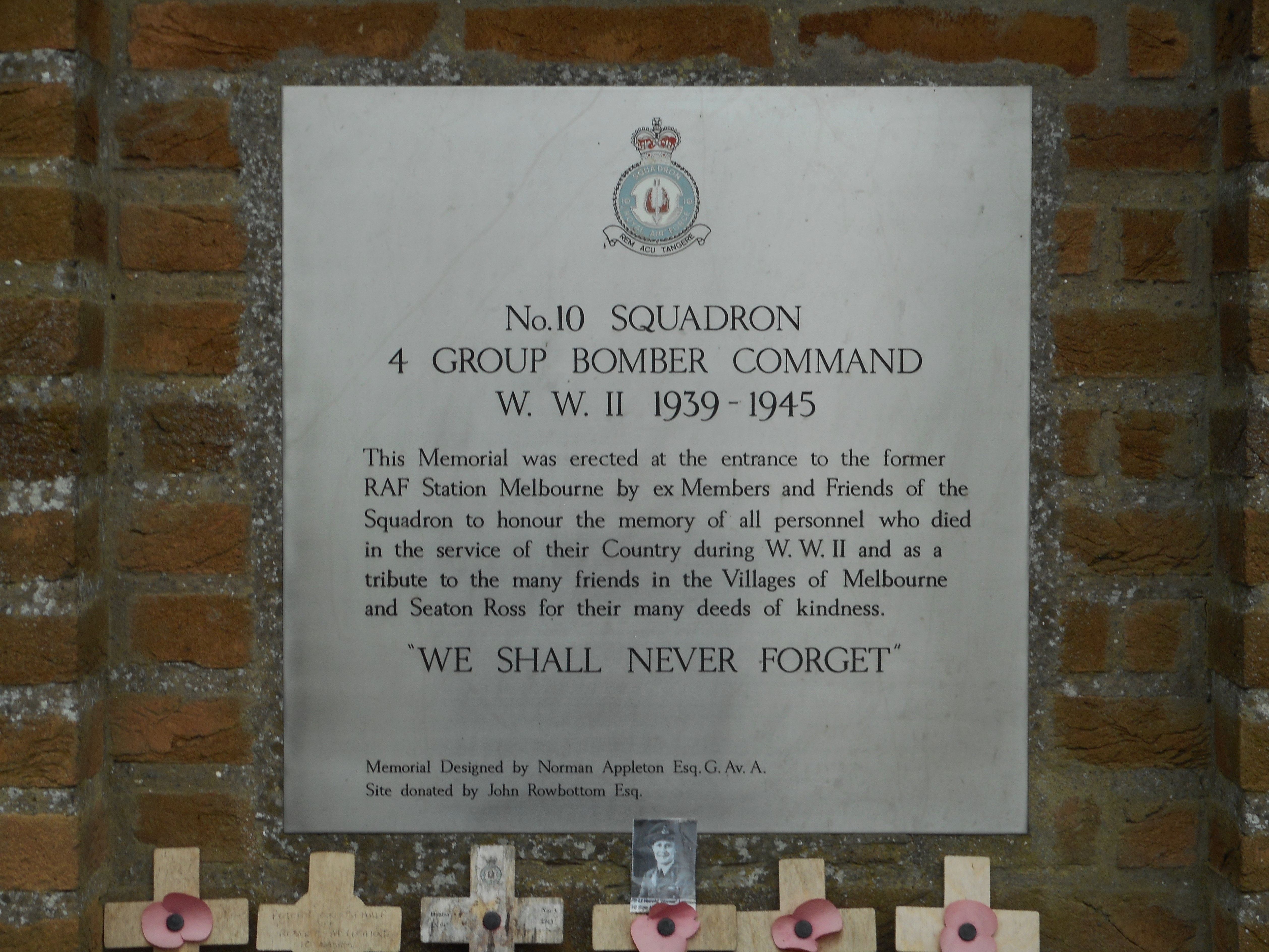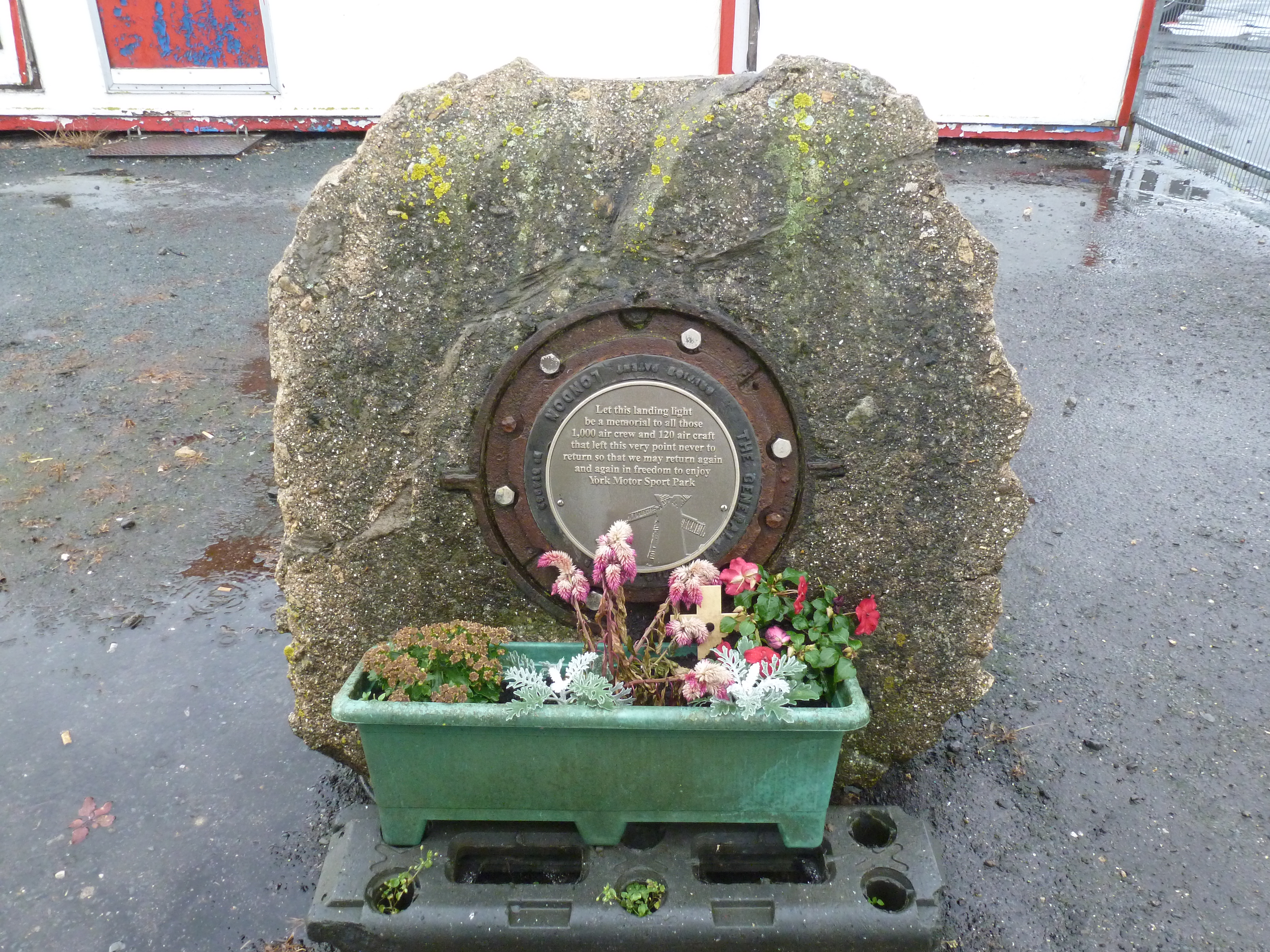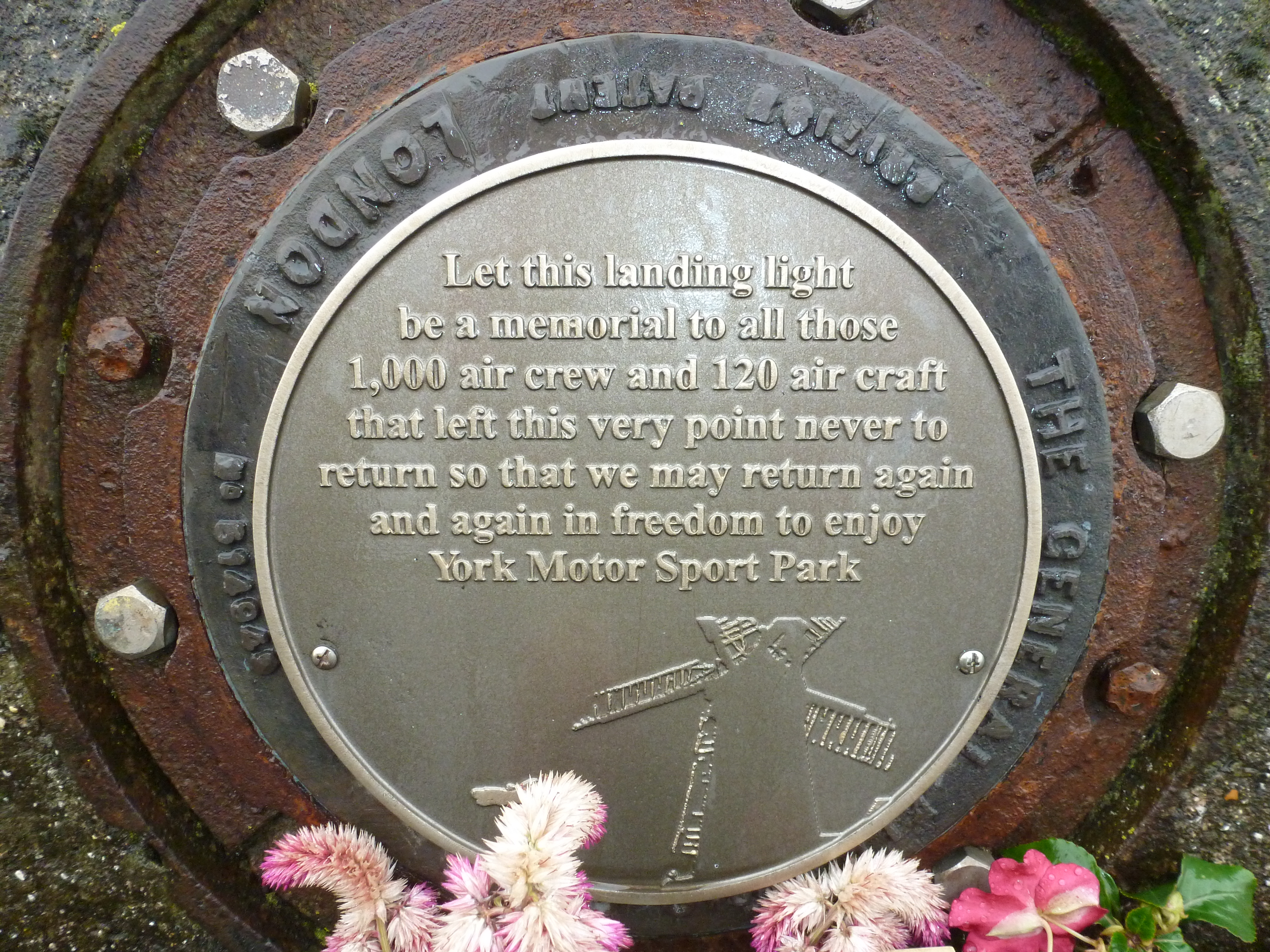Peck, Geoffrey Francis
Personal Information
| Rank | Sgt |
| Forename(s) | Geoffrey Francis |
| Surname | Peck |
| Gender | M |
| Age | 21 |
| Decorations | |
| Date of Death | 10-03-1943 |
| Next of Kin | Son of Reginald John and Elsie Elizabeth Peck, of Isleworth. |
Aircraft Information
| Aircraft | Handley Page Halifax II |
| Serial Number | W1039 |
| Markings | ZA-O |
Memorial Information
| Burial/Memorial Country | United Kingdom |
| Burial/Memorial Place | Twickenham Cemetery |
| Grave Reference | Plot J. Row J. Grave 20. |
| Epitaph | GREATER LOVE HATH NO MAN THAN THIS, THAT A MAN LAY DOWN HIS LIFE FOR HIS FRIENDS |
IBCC Memorial Information
| Phase | 2 |
| Panel Number | 224 |
Enlistment Information
| Service Number | 1332790 |
| Service | Royal Air Force Volunteer Reserve |
| Group | 4 |
| Squadron | 10 |
| Trade | Pilot |
| Country of Origin | United Kingdom |
Other Memorials
| Location | Melbourne, East Yorkshire |
| Country | United Kingdom |
| Memorial Type | Brick Memorial Stone & Plaque |
| Memorial Text | No 10 Squadron, 4 Group Bomber Command, WWII 1939-1945. This memorial was erected at the entrance to the former RAF Station Melbourne by ex Members and Friends of the Squadron to honour the memory of all personnel who died in the service of their Country |
| Location | Melbourne Airfield, East Yorkshire |
| Country | United Kingdom |
| Memorial Type | Inscribed Runway Light in Concrete Base |
| Memorial Text | Let this landing light be a memorial to all those 1,000 aircrew and 120 aircraft that left this very point never to return so that we may return again and again in freedom to enjoy York Motor Sport Park |
Miscellaneous Information
| His alma mater was the highly regarded Latymer Upper School, Hammersmith, London which lost an incredible 26 of their alumni to Bomber Command in WW2. |
| Excerpt from "The Fallen Latymerians of The Second World War": Geoffrey Francis Peck, born on October 23rd 1921 and the son of Mr R. J. Peck, a Bank Clerk of 67 Kneller Gardens Isleworth, came into Class 1A at Latymer on April 12th 1933 and left from Form Upper VM in the summer of 1938 after passing the General Schools Examination in that year. What he did after leaving the School is not recorded in the admissions register unfortunately. The July 1941 edition of ‘The Latymerian’ lists him as being ‘on deferred service'. He did serve in the R.A.F. In the Easter 1943 magazine he was reported as having been killed on ac-tive service on March 19th 1942. He was 21 years old and at the time of death was the Captain of a Halifax. That edition of the magazine also recalls that he was 21 years old and be-fore the war he had been in the Dominions and Overseas Branch of Barclays Bank and that he had undergone his flying training in Rhodesia. |
Commonwealth War Graves Commission
The National Archives
| Record of Events (Operational Record Book) AIR 27/144/6 |
| Summary of Events (Operational Record Book) AIR 27/144/5 |
Fellow Servicemen
Last Operation Information
| Start Date | 10-03-1943 |
| End Date | 10-03-1943 |
| Takeoff Station | Melbourne |
| Day/Night Raid | Day |
| Operation | Ferry |
| Reason for Loss | Crashed and caught fire 13 miles SW of York |



